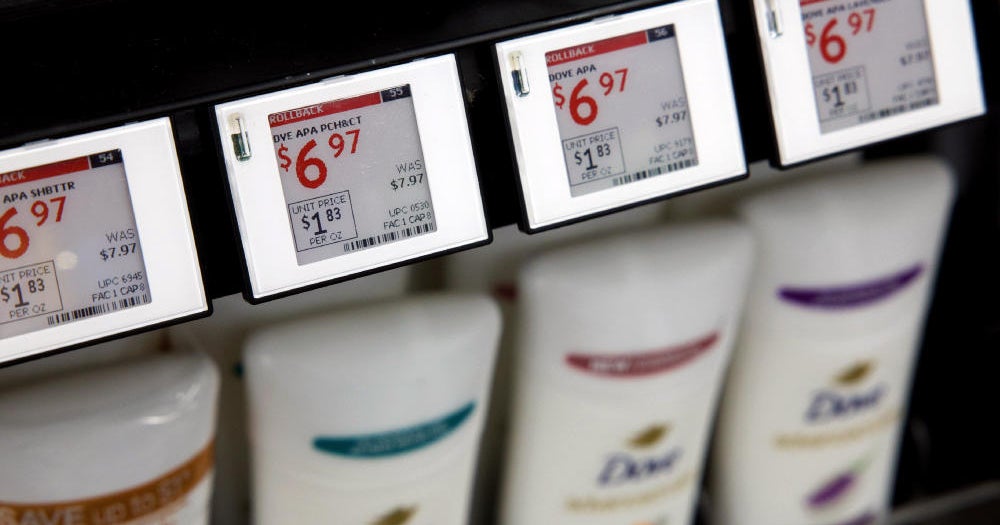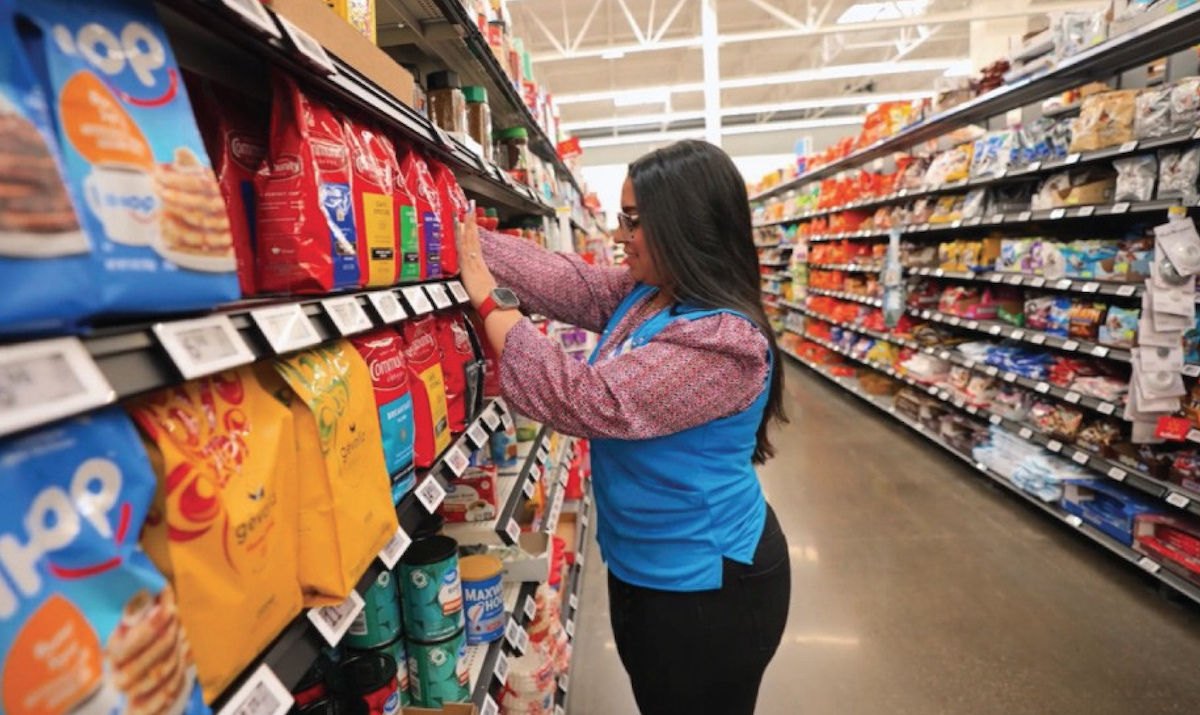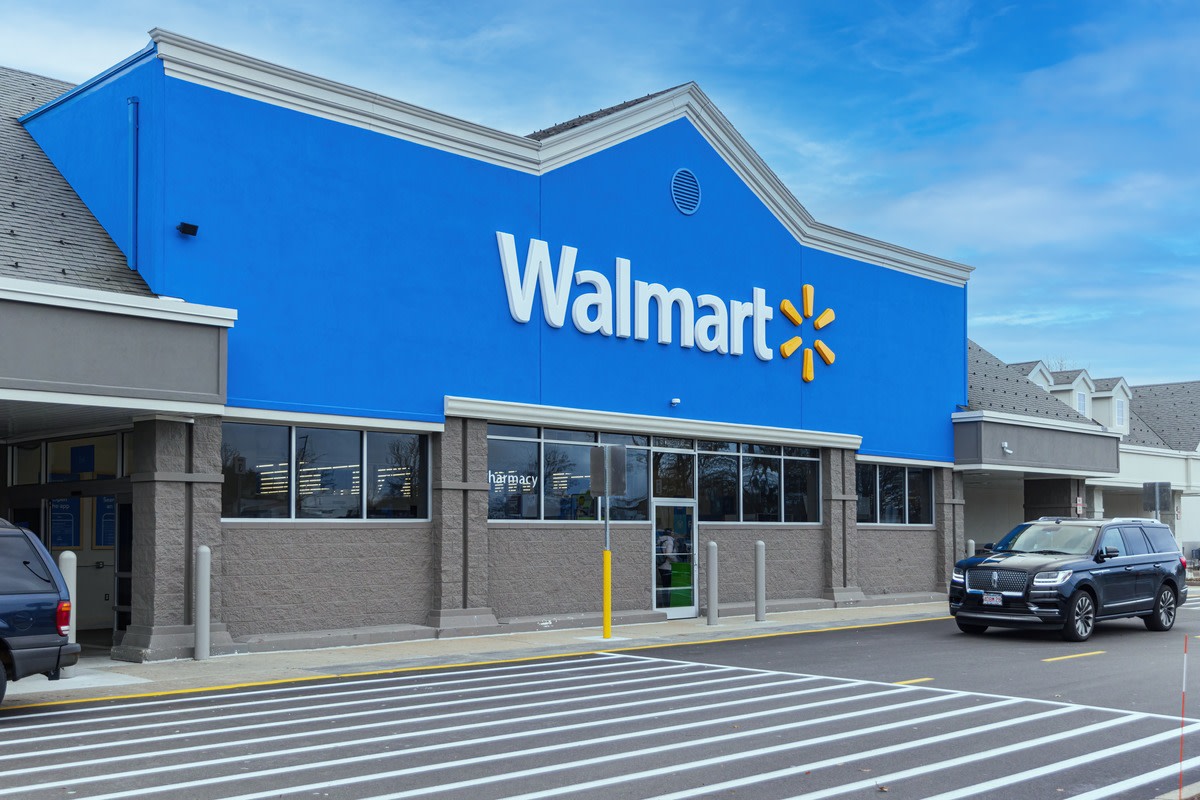Walmart shoppers will soon experience a new way of checking prices, as the retail giant plans to replace traditional paper price tags with electronic shelf labels in its 2,300 U.S. stores by 2026. This transition to digital price technology marks a significant shift in how Walmart manages its pricing operations, aiming to enhance efficiency and improve the shopping experience for its customers.

Efficiency and Convenience for Employees
Currently, Walmart stores manage over 120,000 products, each tagged with individual paper price labels. This manual process requires employees to spend considerable time each week updating prices for new items, rollbacks, and markdowns. The introduction of digital shelf labels will streamline this process, allowing employees to update prices using a mobile app. What once took a Walmart employee two days will now be completed in just a few minutes.
“The transition represents a significant shift in how I, and other store associates, manage pricing, inventory, order fulfillment, and customer interactions, ensuring our customers enjoy an even better shopping experience,” said Daniela Boscan, a Walmart employee involved in testing the technology at a store in Grapevine, Texas.
Reassuring Customers: No Dynamic Pricing Plans
Walmart has assured customers that it will not use this new technology for dynamic or surge pricing. Dynamic pricing involves changing the cost of products or services based on demand fluctuations due to factors like weather or traffic. Greg Cathey, senior vice president of transformation and innovation at Walmart, emphasized, “It is not going to be ‘one hour it is this price and the next hour it is not.'”
Earlier this year, Wendy’s faced criticism for announcing plans to implement dynamic pricing, but clarified it would be used to offer discounts rather than raise prices during high demand. Neil Saunders, managing director of GlobalData’s retail division, expressed doubt that Walmart would adopt such pricing strategies. “A lot of shoppers use Walmart because it has low prices, and Walmart has worked very hard to establish trust with the customer,” he said. Introducing dynamic pricing could jeopardize this trust if customers saw frequent and sharp price fluctuations.
Enhanced Customer Service Through Cost Savings
The primary reason for Walmart’s switch to digital price tags is cost reduction. The labor-intensive process of manually changing prices across thousands of stores incurs substantial costs. By adopting electronic shelf labels, Walmart can significantly cut these labor hours. This efficiency allows associates to focus more on customer service, ensuring that customer needs are met more effectively.

Walmart concurred with Saunders’ assessment, stating that the increased efficiency from digital pricing technology would enable employees to spend more time assisting customers and enhancing their overall shopping experience. “This efficiency allows associates to spend more time attending to customers and ensuring their needs are met, thereby elevating the level of customer service at the stores,” Walmart said.
Walmart’s move to digital price tags is poised to transform its operations, making price updates quicker and freeing up employees to provide better customer service. This change underscores Walmart’s commitment to maintaining low prices and high customer satisfaction while leveraging technology to improve efficiency.
